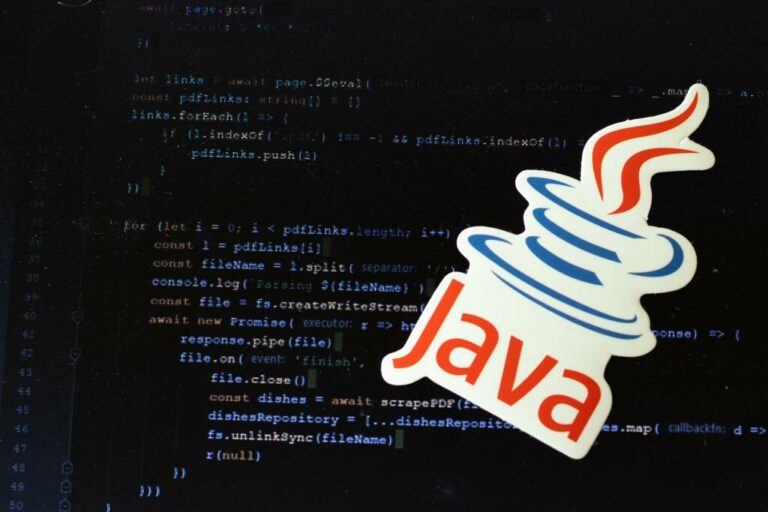CI/CD enables the best tech companies to improve their products many times per day. Let’s explore how you can adopt CI/CD to improve your organization’s efficiency and delivery pipeline in Harness. Harness has introduced a feature called continuous verification to help DevOps professionals to verify their deployments through any monitoring tool of their choice. As you journey through CI/CD, you’re bound to run into some challenges. Read up on CI/CD challenges – and how to avoid them, plus benefits for continuous integration specifically. Without further ado, let’s take a look at the benefits of CI/CD in software development.

Agile development paradigms, such as DevOps and continuous deployment, embrace both operations and development roles. Developers must understand both deployment and operations, and take greater ownership of the software’s reliability and performance. Business and project leaders must foster and reinforce this attitude shift. Once a developer commits changes to the codebase, those changes are saved to the version control system in the repository, which automatically triggers a new build.
Popular Continuous Delivery and Integration Tools
This introduced many bugs and issues, which were identified and resolved after a long testing stage. As a result, software quality suffered and teams would typically release new versions only once or twice a year. After automating the builds and testing in CI, the role of continuous delivery is to automate the release of the validated code to a repository. The prime reason that businesses across the world are proactively adopting DevOps methodology is high-code quality. And, of course, the most important process the teams require for DevOps is CI/CD.
The best way to do this is to implement unit testing in your application codebase that runs automatically when a developer pushes a code change into the master code repository. You can also run automated integration tests after each build to make sure components not only work independently but together as well. In theory, with continuous delivery, you can decide to release daily, weekly, fortnightly, or whatever suits your business requirements. Developers stay productive and efficient because they don’t have to spend too much time debugging, and operations can rest assured that code is well prepared for release.
What Are the Stages of a CI/CD Pipeline?
The goal of any automated testing suite is to ensure that codebases remain stable, secure and release-ready. Logs, visual workflow builders, and deeply integrated tooling make it easier for developers to troubleshoot, understand complex workflows, and share their status with the larger team when a build fails. CI/CD ci cd pipeline tools are part of a set of technologies for building cloud native applications. VMware tools and services are purpose-built for developers to boost feature velocity and for operations teams to deliver world-class uptime. CD also ensures the latest build interacts with other software and applications as intended.
- They should also avoid creating multiple branches because it complicates the process of version control.
- Extensive automation moves new code through integration, testing and delivery or deployment with little, if any, manual interaction.
- Here are three ways organizations can benefit from investing in CI/CD and DevOps to build higher-quality software faster and collaborate more effectively while doing so.
- From there, we move onto Continuous Delivery, which is the process of ensuring that your code in main is always in a deployable state so that you can deploy it whenever you want to.
- Any stage that delays software releases tends to increase the batch size of the deployment, making it more likely things will go wrong.
- Teams need to be on the same page to realize the benefits and experience the power of automation.
This, in turn, means that developers can make their testing environment much more accurate without having to consider wider changes. This isn’t necessarily a flaw, but it is a tendency that most developer teams share as opposed to quality assurance teams. There are plenty of automated CI/CD tools and testing suites for testing code both from an inside perspective and from an outside perspective. This is done because, if CI/CD methodologies are https://globalcloudteam.com/ being followed correctly, any code pushed to production should be vetted for security flaws and general functionality anyway. After all, a CI/CD repository will have complete access to a shared code base and likely include lots of credentials used to deploy code in various environments. To really dig deep into this practice, enterprises would be wise to train their developers in security procedures as part of their regular educational updates.
What is Continuous Integration? Pipeline, Process, and Benefits
This helps keep DevOps teams on the same page, knowing they’re working on the same project. When your teams commit daily, they help incorporate features into production. Introducing changes quickly into production can save you time in the long run. You can catch bugs and identify issues at different testing stages. For example, if developers find a problem on their local machine, they can fix issues in the staging environment before moving the code to production. Furthermore, enforce additional static analysis checks as part of the build process or use a third-party tool like SonarQube.

You now have a new project and can create your first CI pipeline within it. Click “Fork” in the top-right corner to copy the source code to your own account. There are some key fundamental elements of CI/CD that help ensure maximum efficiency and to achieve optimal efficiency in your development lifecycle.
Related products and services
CI/CD is a DevOps practice as it bridges the gap between developers who want to release code frequently and Ops team that want stable applications. DevOps automation allows developers to make frequent commits and releases. Tasks are much easier for the Ops team because the testing is done in the delivery process itself. Developers are encouraged to merge their code from the local branch into the main unit daily.

CI/CD orchestration and configuration tools are increasingly being deployed into DevOps processes to automate processes and facilitate rapid deployment of software releases. GoCD is an open source CD tool that helps automate the entire build-test-release process, including code check-in and all the way to deployment. It works with Git, Subversion, Mercurial, TFVC , and Perforce, and has an open plugin ecosystem.
How to Apply GitOps to a CI/CD Pipeline
Still, if an enterprise’s software is at this stage, releasing more frequently is a great strategy. There are several CI/CD practices concerned with testing frequency and timing. This can cause a cascade of security failures and lead to the total collapse of an application and related code. Lots of security issues end up becoming difficult to deal with later down the road because they allow hackers access to an application in such a way that a quick and easy patch is not possible.


